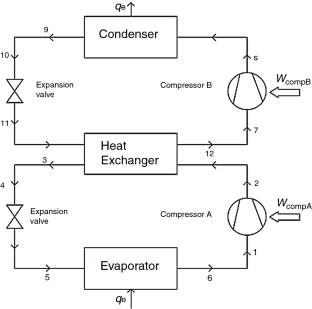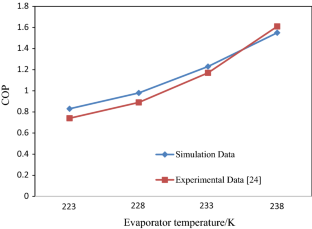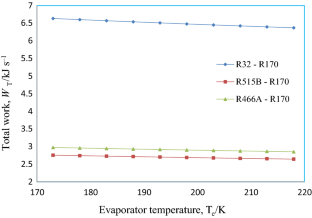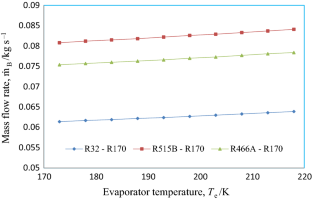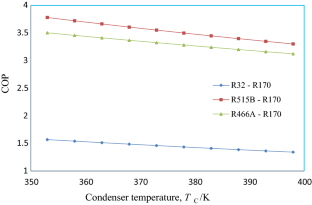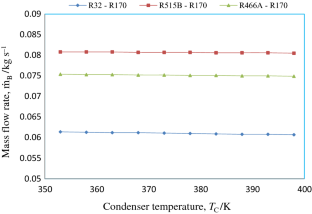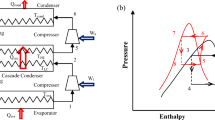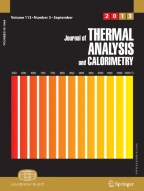
The cascade refrigeration system (CRS) uses two types of refrigerants with different boiling points which individually work as the higher-temperature cycle (HTC) and the low-temperature cycle (LTC), with a heat exchanger combining them. In this study, refrigerant R170 is used for LTC, while refrigerants R32, R515B, and R466A are used for HTC in the cascade refrigeration systems to reduce carbon dioxide emission to the environment. Computer software was used to do the numerical calculations and simulation techniques for the cascade refrigeration cycle. The three refrigerant pairings R32/R170, R466A/R170, and R515B/R170 that combine zeotropes, azeotropes, and natural refrigerants were employed in this study to analyze the cascade refrigeration system. In comparison with other refrigerant pairs, the R515B/R170 refrigerant pair offers better coefficient of performance (COP) of 3.781 by raising the evaporator temperature. According to numerical simulations, R515B/R170 is found to be preferable for CRS in terms of maximizing COP and thermodynamic performance. Also, carbon emission to environment has reduced by 15% with the help of alternative refrigerants.
This is a preview of subscription content, log in via an institution to check access.
Price includes VAT (France)
Instant access to the full article PDF.
Rent this article via DeepDyve
